Small jib cranes are game-changers for DIY enthusiasts and light-duty workshop owners who want safe, efficient, and compact lifting solutions. Whether you’re lifting small engines, positioning materials, or optimizing vertical storage, a small jib crane brings industrial lifting capabilities to your personal or semi-professional workspace.
In this guide, we’ll explore the ideal small jib crane choices for light-duty and DIY use, explain the types and components, and show you how to match the right crane to your workspace needs.
Table of Contents
ToggleWhat Is a Small Jib Crane?
A small jib crane is a scaled-down version of traditional industrial jib cranes, designed to provide vertical and lateral lifting power in compact spaces. Its primary feature is a horizontal arm (or boom) mounted on a wall, floor, or column that rotates to cover a specific work area.
Unlike large gantry cranes or bridge cranes, small jib cranes offer a minimal footprint and greater installation flexibility, making them ideal for garages, maker spaces, repair workshops, and light manufacturing units.
Small Jib Crane Components
A typical small jib crane consists of:
- Boom/Arm – The rotating horizontal beam that carries the load.
- Mast/Pillar – The vertical column supporting the boom (optional for wall-mounted units).
- Trolley – Travels along the boom, carrying the hoist.
- Hoist – The lifting mechanism, which can be manual, electric, or pneumatic.
- Rotation Mechanism – Allows the boom to rotate within a defined arc (typically 180° to 360°).
Why Should Choose Small Jib Cranes for DIY or Light-Duty Use?
If you’re managing a compact garage, maintenance area, or fabrication station, space is your most valuable asset. Here’s how small jib cranes help:
- Space-Saving: Wall-mounted or compact base-plate models take up minimal floor space.
- Portability: Some models can be moved and repositioned based on needs.
- Affordability: Ideal jib crane price ranges for DIY budgets.
- Ease of Installation: Simple mounting options (no deep foundation required).
- Versatility: Lift engines, metal plates, machinery parts, and more.
Best Small Jib Crane Models for Compact Workspaces
1. Wall-Mounted Articulating Jib Cranes
The Articulated Jib Crane – Wall Mounted is a smart choice for tight DIY areas. Its dual-arm system provides flexible load positioning, ideal for working around obstacles or reaching corners in a cluttered garage.
2. Foundationless Freestanding Jib Cranes
These cranes bolt directly onto reinforced concrete floors without the need for a special foundation. They provide full 360-degree rotation and support moderate load capacities—perfect for automotive work or light assembly.
Explore other small jib crane models that maximize small floor plans for additional design ideas.
3. Portable Jib Cranes
Some small jib cranes come with a mobile base, allowing users to move the crane to different workstations. These are excellent for multi-use garages or job sites requiring flexibility. Learn more in our guide on small jib crane for portable and flexible lifting needs.
Matching Small Jib Cranes to Your Workshop
When selecting the right crane, consider the following factors:
- Ceiling Height: Low-ceiling workshops require compact boom designs. See the small jib crane design that fits into low-ceiling rooms.
- Wall Strength: Ensure walls can bear the load for mounted systems.
- Rotation Needs: Do you need 180°, 270°, or 360° rotation?
- Load Weight: Most DIY needs fall below 500 kg—choose a crane that suits this range.
- Installation Constraints: Can you bolt to concrete, or do you need a non-invasive model?
Ideal Applications for DIY and Light-Duty Jib Cranes
- Home Garage Projects: From lifting motorcycles to organizing tool racks.
- Woodworking and Metal Shops: Handling wood planks, sheets, or assembled frames.
- Small Business Workshops: Perfect for mechanics, artisans, and fabricators.
- Material Handling Zones: Incorporate jib cranes with Material handling equipment for efficient workflows.
Also consider installing a gantry crane for larger loads that need to travel longer distances within your space.
Benefits of Jib Cranes Over Other Lifting Tools
- More Reach: Offers greater horizontal span than hoists.
- Custom Mounting: Floor, wall, and even ceiling options.
- Smooth Operation: Reduced manual strain on operators.
- Safe Handling: Keeps lifting within OSHA-recommended practices.
Learn the basics of a jib crane to understand its mechanical benefits.
Maintenance Tips for Long-Term Reliability
To keep your small jib cranes performing efficiently:
- Inspect bolts and mounting points regularly.
- Lubricate trolleys and pivot points.
- Check electrical controls and limit switches.
- Replace hoist components as needed.
- Schedule an annual safety check.
Explore More Jib Crane Products
Aardwolf offers a wide variety of small jib crane options suitable for residential, commercial, and industrial use. Visit more crane products to find the right fit for your workshop.
Final Thoughts
Adding a small jib crane to your light-duty or DIY workspace significantly improves productivity, safety, and flexibility. Whether you’re lifting tools in a garage or handling parts in a mini shop, there’s a compact crane design that will fit your exact needs.
For additional installation examples and home-use ideas, don’t miss our article on Small Jib Crane Use Cases in Home Garage Installations.
Ready to boost your workshop efficiency? Explore small jib cranes that work where you do.

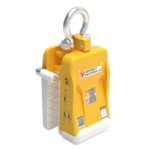
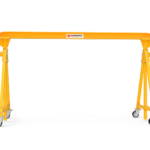
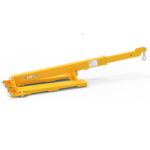
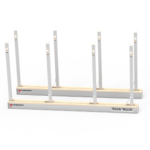
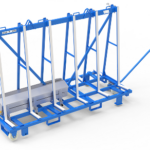
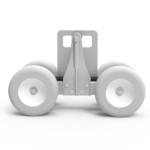
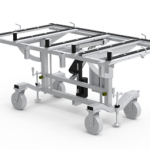
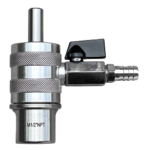
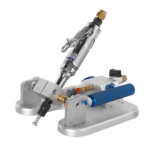
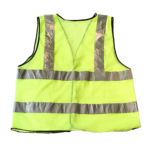

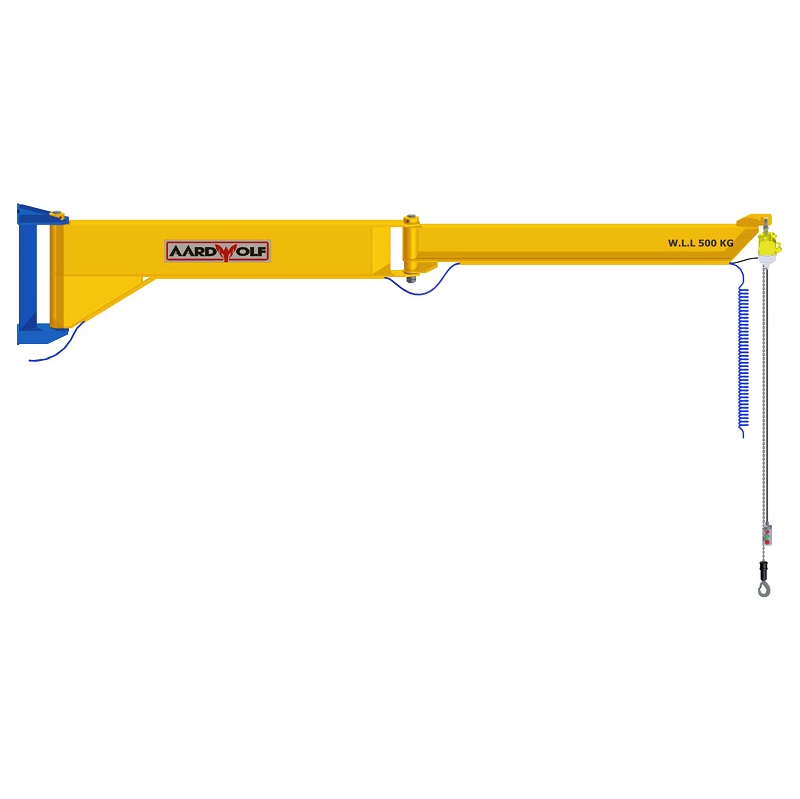
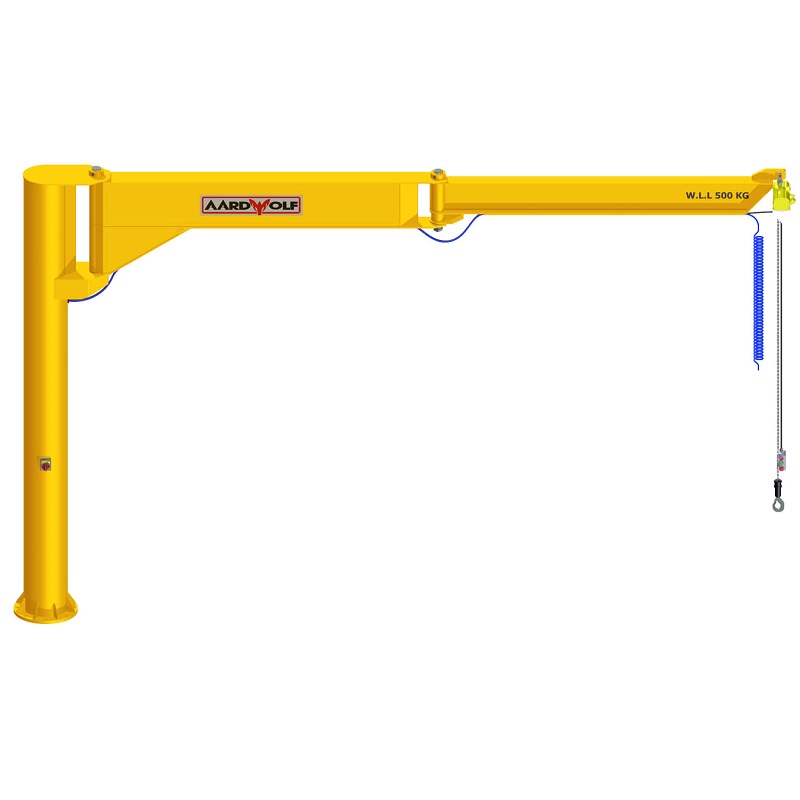
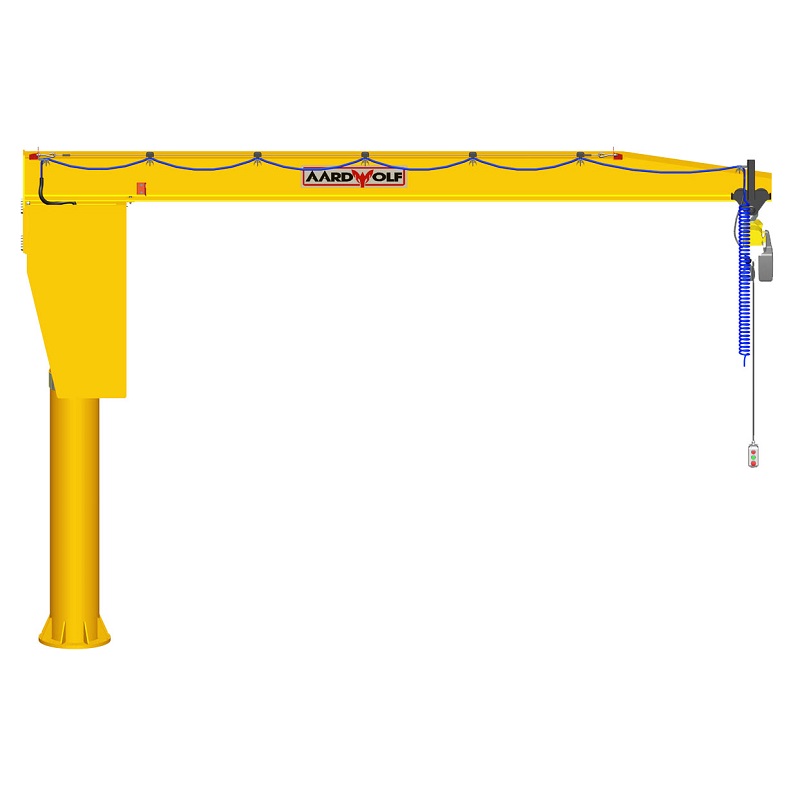
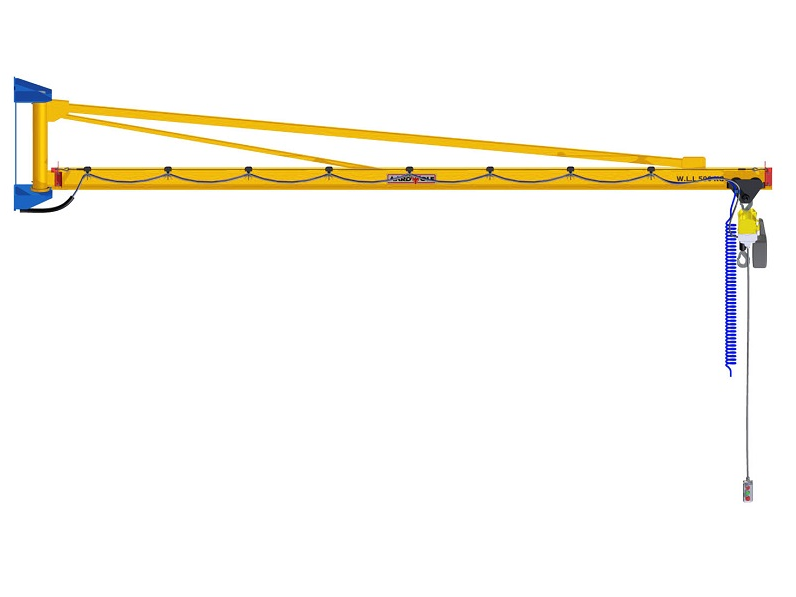

Please log in to leave a comment.